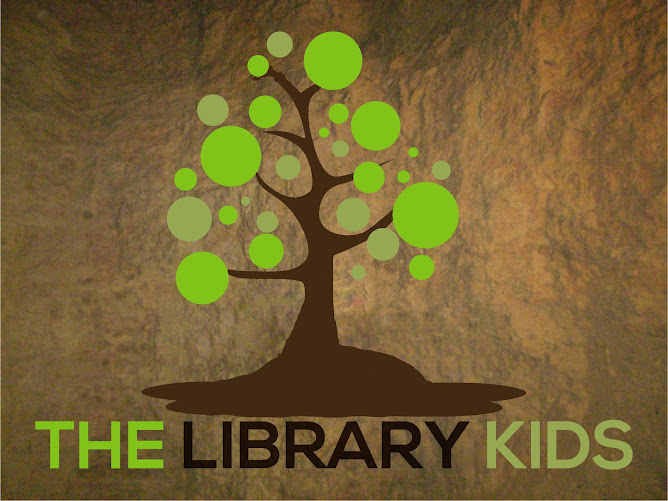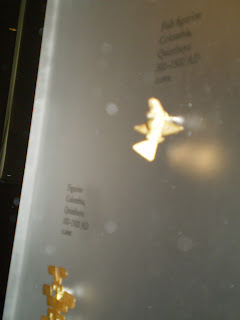When I entered the preserve, I walked a trail and thought the area was only a nature preserve. But as I continued on the trail, to the right of me was a group of steps. I knew I had to step off the trail and follow these steps for some reason. As I walked up the steps and into a rocky area, I discovered a complete archaeological site. The area contained an ancient Hawaiian living site that belonged to a high priest and his family. The site included rock structures for housing animals, a rock structure for dead relatives, remains of a house for men and other remains.
I investigated the site and it felt strangely familiar. After investigating the site, I walked back to the trail and continued along the path in the valley. It was absolutely breath-taking. At one point, I could see what appeared to be small petals and leaves dropping down from the sky in an open area. It reminded me of glitter falling.
I continued on and found a school house that was a reconstruction of a school for Hawaiian children. At the end of the trail, was a waterfall.
After turing around and heading back to the entrance of the valley, I found a temple that was partially reconstructed at the outside of the valley. It was an ancient temple dedicated to the God Lono, who was one of four primary deities. He was the god of agriculture, peace and music. The temple dates back to 1470 AD.
Later, I went down to Waikiki beach and found and ancient set of stones called The Stones of Life. These stones were said to be brought down for four healers who had travelled from other islands as far back as 400 AD. They were referred to as kahunas or wizards. They were skilled in the art of medicine and taught many healing ways to the people of O'ahu and other Hawaiian islands. They were said to be tall men but somewhat feminine and gentle. After healing and teaching healing ways, the kahunas said they would impart their power in one of the stones. After time, the stones were covered in sand, until they were rediscovered and uncovered and protected.
After further exploring Hawaii, I tried to find some ancient petroglyphs on the south side of the island. However, I was told that the petroglyphs were being covered by the tides at the time I came. I then went looking for a cave, that was used by the high chiefs of ancient days. I found it and then I entered Spirit Cave.
It wasn't very big and unfortunately, there was a lot of glass on the ground inside and outside the cave. However, I am glad I went inside and looked around. It was very quiet inside and peaceful.
There were many other things to do and see in O'ahu including snorkeling and visiting the Dole Plantation. But for me, the highlights were the unexpected archaeological finds that I came across as I walked the path in the valley.
By Rita Jean Moran (www.thelibrarykids.com)







































